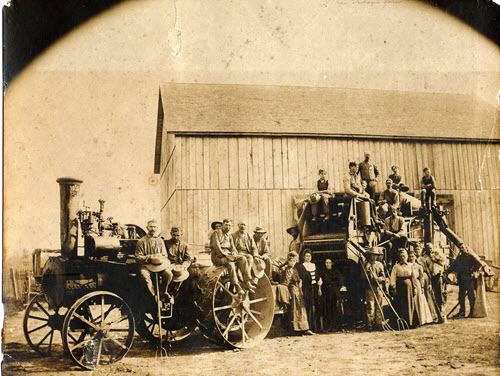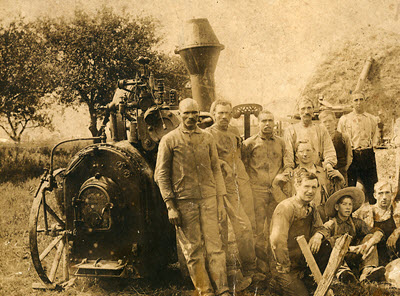At the museum, “we have King’s diary, his autobiography, all of his all of his records,” Shannon Prince told Farms.com. Using those personal records, along with census records, tax rolls, letters and other artifacts, she has discovered the story of Buxton to share with visitors.
Prince is the curator of Buxton National Historic Site and Museum, and a Black farmer.
King helped formerly enslaved Black people settle on the tract of land purchased by the Elgin Association.
“There was a lot of opposition (around) Chatham. Basically, they didn't like the idea of having Blacks in their backyard,” Prince said. “Reverend King founded this (settlement on) heavily forested, swampy land. Because of that opposition in the outlying area, he put a lot of rules in place. Land could only be purchased by Blacks.”
King wanted to prove that, if Black people were given the same opportunities as white people, they could become self-sufficient and prosperous. And they did.
Buxton grew to a community of 2,000 Black people. They cleared and farmed the land, established businesses like a sawmill and hotel, and started a school with high-quality education and night classes for adults.
“The education really changed change the whole perspective” of the white people in the surrounding area, Prince said.
Buxton developed from swampy wilderness to a self-reliant community.
“There are signs of industry, thrift and comfort everywhere; signs of intemperance, of idleness, of want nowhere,” wrote Samuel Grindley Howe in 1864. “There is no tavern, and no groggery; but there is a chapel and schoolhouse.
“Most interesting of all are the inhabitants. Twenty years ago, most of them were slaves who owned nothing, not even their children. Now they own themselves; they own their houses and farms, and they have their wives and children about them.”
Abraham Lincoln sent Howe to observe how formerly enslaved Black people living in Canada lived.


Snapshots of the hardworking collaborative agricultural community of Buxton.
The Black settlers brought a range of skillsets to Canada West from their time being enslaved.
“You had the carpenters, the farmers, the bricklayers and the blacksmith. They were the ones who did the work on the plantation. So, they brought those skills with them,” Prince explained.
The population of Buxton started to decline when the American Civil War broke out.
“70 men alone left their families and freedom and went back and fought in the war. When the war was over, many came back (to Canada West), sold their property and returned to the South,” Prince said.
Some visitors to the historical site ask why these people would leave their freedom and risk being harmed, enslaved, or killed.
“You have to remember that (the United States was) where their home was. That’s where their mothers, grandmothers, aunts, uncles, sisters, and brothers – that's where they were,” Prince explained. The Black people of Buxton willingly risked their freedom to fight for the freedom of other people.
“On top of that, it was against the law for Canadians to fight in the Civil War. So, ironically, when some did come back, they were sentenced to the penitentiary in Kingston for two years because they broke that law,” Prince added.
Though the community of Buxton is not the bustling place it once was, the historical site remains to educate visitors.
“It's great when people can come and see the hand-hewn logs and touch them. You know this was built by someone who found freedom here,” Prince said.
Many descendants of Buxton residents visit annually.
“We have a homecoming celebration, every year. … They travel, honest to goodness, from all over. It's almost like a pilgrimage,” Prince said. “We're not as vibrant community as they once were, but still existing in that small Black community.”
For advice on how to begin talking more about race and inclusion in agriculture, click here.
Buxton National Historical Site & Museum photo